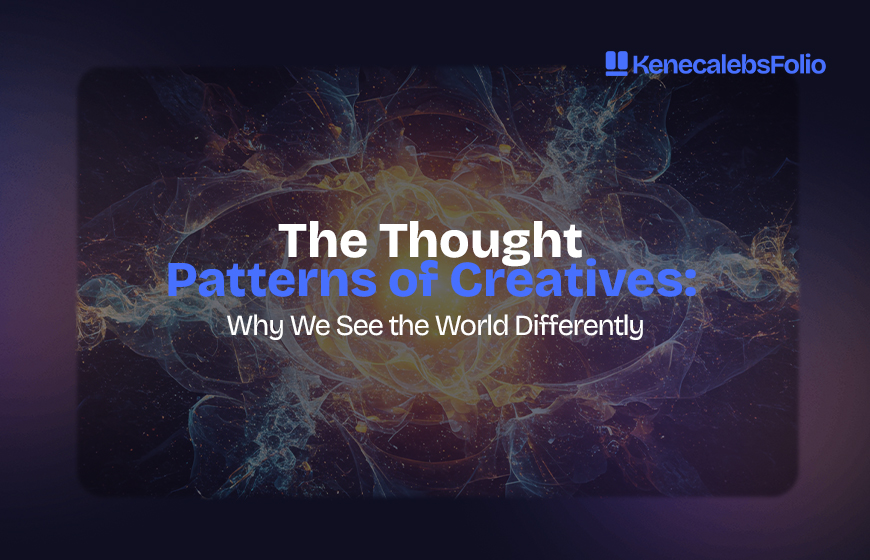The Thought Patterns of Creatives: Why We See the World Differently
Have you ever looked at something completely ordinary—a shadow on a wall, a flicker of light through a window—and suddenly imagined an entire scene, a story, or a feeling? If yes, you’re probably a creative. And if not, welcome to our world.
Creatives don’t just think outside the box—we forget the box even existed.
1. Chaos Isn’t a Mess—It’s Potential
Where others see clutter, creatives see connections. A video editor might see emotion in mismatched clips. A designer sees harmony in colors most people wouldn’t pair. We thrive in the in-between—where logic ends and instinct begins. The creative brain often works in loops, tangents, and spirals—not straight lines. What looks like chaos is actually a playground of potential waiting to be shaped.
2. “What If?” Is Our Default Setting
Creative thought starts where certainty stops. We constantly ask:
-
What if I reversed the order of this sequence?
-
What if this sad moment had a joyful soundtrack instead?
-
What if this story is told with no words at all?
We don’t wait for the “right” idea—we play with every possibility until one clicks. And sometimes, the best ideas come at 2AM, halfway through a coffee, or in the middle of unrelated conversations.
3. Feelings Drive the Framework
Creatives don’t just think—they feel ideas. That’s why storytelling in any form, whether visual, written, or performed, carries emotional weight. We chase the invisible thread that connects moments, tones, colors, and music to human emotion. Logic tells you what it is. Creativity tells you why it matters.
4. We See Patterns Before They Exist
Whether it’s editing a story from random footage or painting a vision from a blank canvas, creatives have a mental habit of pattern prediction. We sense what fits—even if we don’t know why at first. It’s intuition trained by endless experimentation.
This can make us fast decision-makers, but also obsessive perfectionists. We see what could be, and we can’t stop until we reach it.
5. We Fear Failure—But Not Enough to Stop
Creativity demands risk. There’s no roadmap for something that’s never been done before. While imposter syndrome is real, most creatives still show up every day, willing to try, test, and tweak. It’s not that we don’t fear failure—it’s that our need to express outweighs the fear.
6. Silence Isn’t Emptiness. It’s Processing.
Some of the most brilliant creative moments happen in silence—staring at a screen, lost in a timeline, or walking with a thousand ideas swirling unspoken. What looks like idleness is actually mental architecture being built brick by invisible brick.
Final Thoughts:
The mind of a creative is a paradox—chaotic but structured, emotional but strategic, unpredictable yet purpose-driven. And while it may not always make sense from the outside, it’s what gives the world art, films, music, stories, design—and everything that makes life feel more alive.
So, the next time your mind wanders or your process feels unconventional, don’t apologize. That’s the nature of your gift.
Stay curious. Stay weird. Stay creating.





